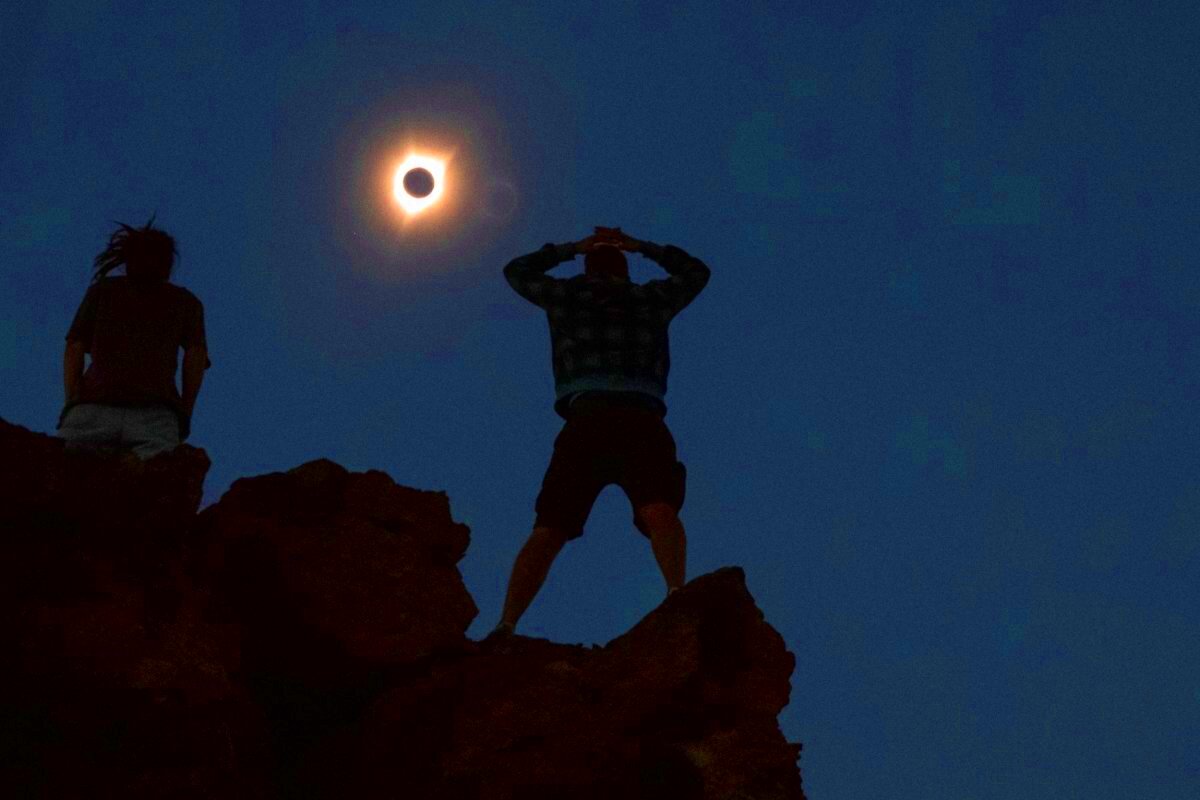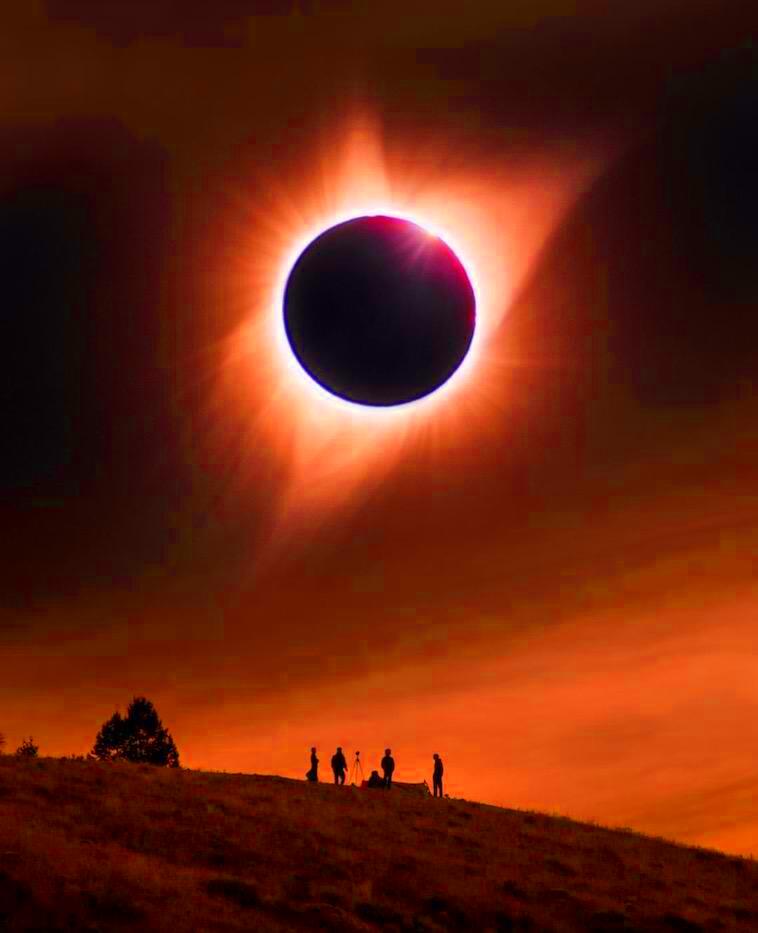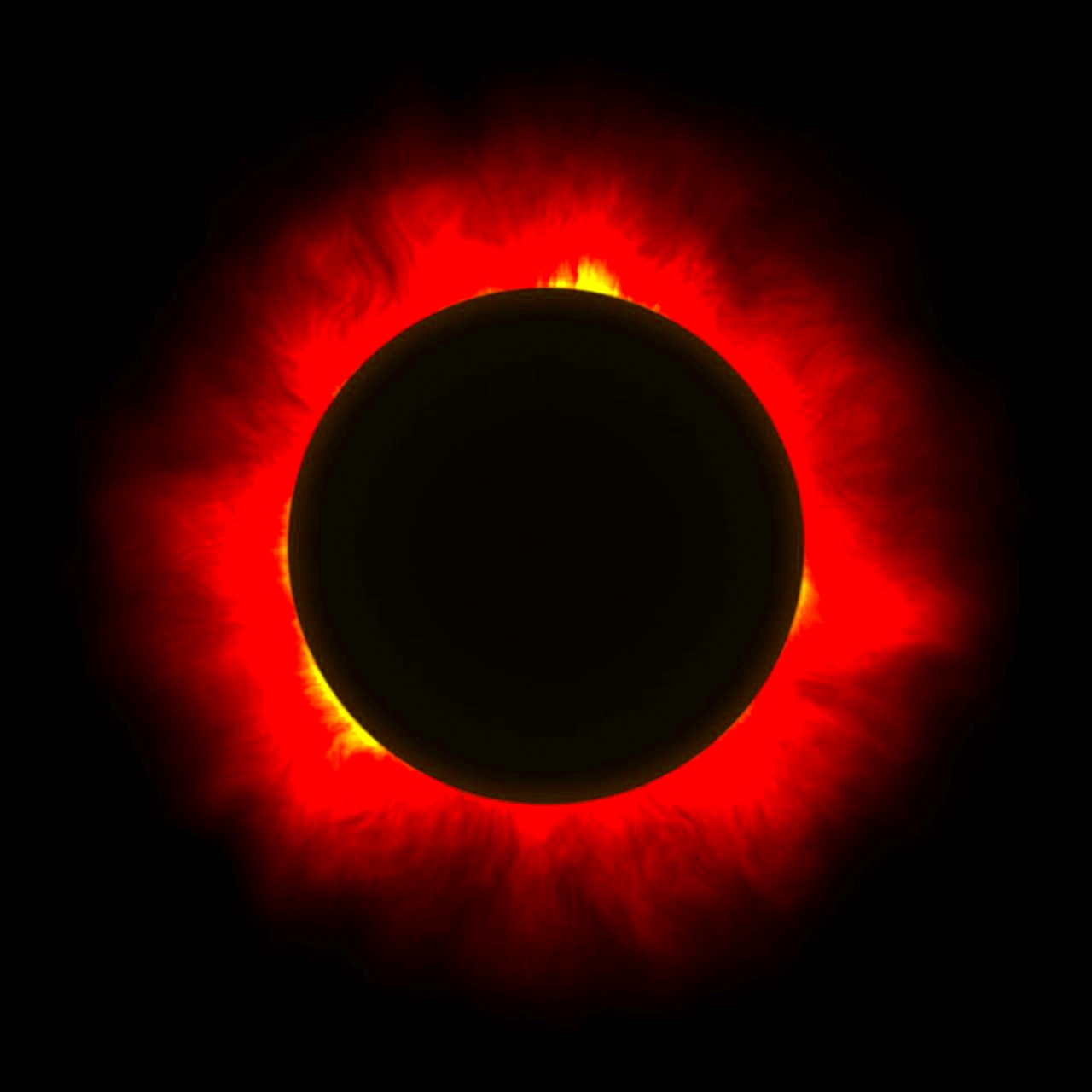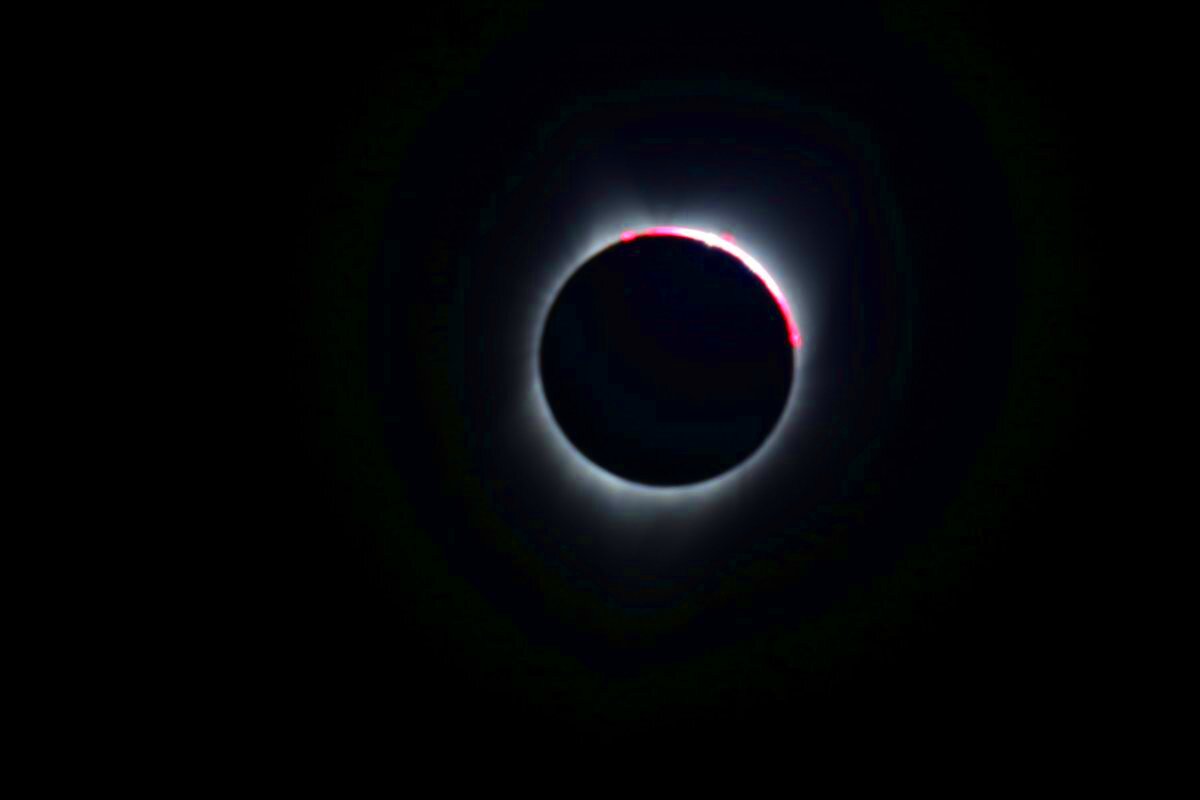The 2017 solar eclipse was a breathtaking event that captured the attention of millions across the United States. Occurring on August 21, 2017, it was a total solar eclipse, meaning the moon completely covered the sun for a short period. This spectacular sight created a sense of wonder and excitement, drawing viewers outdoors to witness the natural phenomenon.For many, it was a once-in-a-lifetime experience, making it a memorable day for all who participated.
The Path of Totality and Its Significance

What we call the path of totality is a narrow strip across which total eclipses can be experienced by different observers. It spanned through fourteen states, ranging from service towns like Oregon in the west to parks such as South Carolina in the east.Those living within this band were fortunate enough to witness during daytime hours how darkness can overcome light itself along with sudden temperature fluctuations with consequent effects on animal reactions. A few noteworthy aspects include:
- Oregon: The first state to witness totality, starting at 10:15 AM PDT.
- Wyoming: Home to beautiful views of the eclipse over the Grand Teton National Park.
- Tennessee: Nashville experienced a fantastic view, with festivities planned for the occasion.
- South Carolina: The final state in the path, where totality occurred around 2:48 PM EDT.
Witnessing totality was significant because it showed us how vast the universe is and what our relation to it is. This eclipse provided a unique opportunity for those who saw it to appreciate the beauty of nature.
Photographing the Solar Eclipse: Tips and Techniques

It may be difficult to capture such exquisite beauty during a solar eclipse but at the same time it is very rewarding. To witness this amazing event these are a few suggestions and strategies:
- Use Proper Filters: Always use a solar filter on your camera to protect your lens and sensor. Regular camera lenses can get damaged without protection.
- Plan Your Location: Choose a spot within the path of totality and arrive early to secure your place.
- Test Your Equipment: Practice taking photos before the eclipse to get comfortable with your settings.
- Consider Using a Tripod: A tripod helps keep your camera steady and allows for better focus.
- Take Different Exposures: Experiment with various exposures to capture the details of the sun and moon.
Furthermore, do not forget to savor the moment! At times, it is advisable to refrain from taking pictures and just be a part of what is happening during the eclipse. If they are taken with appropriate preparation and attitude, your pictures from that event may turn into fond recollections of yours.
Highlights of the 2017 Solar Eclipse in Different States

The 2017 solar eclipse was a remarkable event that offered unique experiences across various states. Each location provided its own flavor of celebration and awe, drawing in thousands of spectators. Here are some notable highlights from a few key states:
- Oregon: The eclipse began here, and towns like Salem and Madras hosted large gatherings. Salem even organized festivals, attracting visitors eager to witness the first glimpse of totality.
- Idaho: With clear skies, Idaho Falls became a hotspot for eclipse chasers. Local businesses reported a significant increase in visitors, turning the event into a mini-festival.
- Wyoming: Grand Teton National Park offered stunning backdrops for the eclipse, with many photographers capturing the spectacle against the majestic mountains.
- Kentucky: The state went all out, with events in places like Hopkinsville, which claimed to be the “eclipse capital.” They hosted parades and community gatherings.
- South Carolina: As the final state in the path, Charleston celebrated with parties, concerts, and a sense of excitement that marked the end of the eclipse journey across the country.
Each location had its own charm, making the 2017 solar eclipse a truly unforgettable experience for everyone involved.
Sharing Your Solar Eclipse Images
People have been posting their experiences on social media after the eclipse was seen. Sharing your own pictures of solar eclipse is one of the best methods to connect with others who also enjoyed it. The tips below elaborate how one can go about sharing his or her photos:
- Choose Your Best Shots: Pick a few standout images that capture the essence of the eclipse. A close-up of totality and a wider shot of the crowd can show the experience from different angles.
- Edit Thoughtfully: Use photo editing apps to enhance your images, but keep it natural. Adjust brightness and contrast to bring out the beauty without overdoing it.
- Write a Captivating Caption: Share a brief story about your experience or what the eclipse meant to you. This personal touch can resonate with your audience.
- Use Relevant Hashtags: Utilize hashtags like #SolarEclipse2017, #TotalEclipse, or #EclipseChasers to reach a broader audience and join the conversation.
Not only do you keep recollections for yourself by sharing your photographs, but you also take part in the common commemoration of this amazing occasion.
How the Pikbest Image Downloader Can Help
If you're looking to access high-quality
images from the 2017 solar eclipse, the Pikbest Image Downloader can be a valuable tool. Here’s how it can assist you:
- Wide Selection: Pikbest offers a vast library of stock images, including professional photos of the solar eclipse taken by talented photographers.
- User-Friendly Interface: The downloader is designed to be easy to use. You can quickly search for and download images without hassle.
- Quality Assurance: All images are vetted for quality, ensuring you receive clear, stunning visuals that capture the beauty of the eclipse.
- Convenient Licensing: Pikbest provides clear licensing options, allowing you to use images for personal projects, social media, or even commercial use.
For anyone seeking to add some
images to their career or just costumed off a piece of digital art from the eclipse, Pikbest Image Downloader is the site that gives some clues on where he/she can get them.
FAQ
1. What was the 2017 solar eclipse?
The 2017 solar eclipse, which occurred on August 21, was a total solar eclipse that captivated millions across the United States, allowing viewers in specific areas to see the moon completely cover the sun.
2. What is the path of totality?
The path of totality is a narrow strip across the United States where observers could experience totality. It spanned fourteen states from Oregon to South Carolina, allowing those within this band to witness the eclipse in its full glory.
3. What were some notable locations for viewing the eclipse?
- Oregon: The first state to experience totality.
- Wyoming: Beautiful views at Grand Teton National Park.
- Tennessee: Nashville hosted numerous festivities.
- South Carolina: The final state in the path, with totality occurring around 2:48 PM EDT.
4. How can I photograph a solar eclipse?
To capture the eclipse, use solar filters for your camera, choose a good viewing location within the path of totality, test your equipment in advance, consider using a tripod, and experiment with different exposures.
5. What are some highlights from the event in different states?
Each state offered unique experiences, from festivals in Oregon and Idaho to celebrations in Kentucky and South Carolina, creating a festive atmosphere nationwide.
6. How can I share my eclipse images?
Select your best photos, edit them thoughtfully, write a captivating caption, and use relevant hashtags like #SolarEclipse2017 to share your experience on social media.
7. How can the Pikbest Image Downloader help?
Pikbest provides a wide selection of high-quality stock
images from the eclipse, offers a user-friendly interface, assures image quality, and provides clear licensing options for various uses.
Conclusion
The 2017 solar eclipse was not just a celestial event; it was a communal experience that united millions in awe and wonder. From the path of totality, where darkness momentarily overcame light, to the various celebrations across states, it offered unforgettable memories for all who participated.Whether capturing the moment through photography or sharing experiences online, this spectacular event highlighted our connection to the universe and the beauty of nature. As we look back on this incredible day, the excitement and unity it inspired continue to resonate.
 What we call the path of totality is a narrow strip across which total eclipses can be experienced by different observers. It spanned through fourteen states, ranging from service towns like Oregon in the west to parks such as South Carolina in the east.Those living within this band were fortunate enough to witness during daytime hours how darkness can overcome light itself along with sudden temperature fluctuations with consequent effects on animal reactions. A few noteworthy aspects include:
What we call the path of totality is a narrow strip across which total eclipses can be experienced by different observers. It spanned through fourteen states, ranging from service towns like Oregon in the west to parks such as South Carolina in the east.Those living within this band were fortunate enough to witness during daytime hours how darkness can overcome light itself along with sudden temperature fluctuations with consequent effects on animal reactions. A few noteworthy aspects include: It may be difficult to capture such exquisite beauty during a solar eclipse but at the same time it is very rewarding. To witness this amazing event these are a few suggestions and strategies:
It may be difficult to capture such exquisite beauty during a solar eclipse but at the same time it is very rewarding. To witness this amazing event these are a few suggestions and strategies: The 2017 solar eclipse was a remarkable event that offered unique experiences across various states. Each location provided its own flavor of celebration and awe, drawing in thousands of spectators. Here are some notable highlights from a few key states:
The 2017 solar eclipse was a remarkable event that offered unique experiences across various states. Each location provided its own flavor of celebration and awe, drawing in thousands of spectators. Here are some notable highlights from a few key states:
 admin
admin








